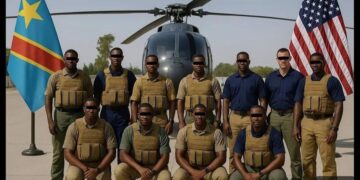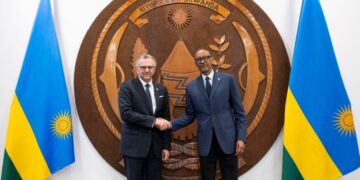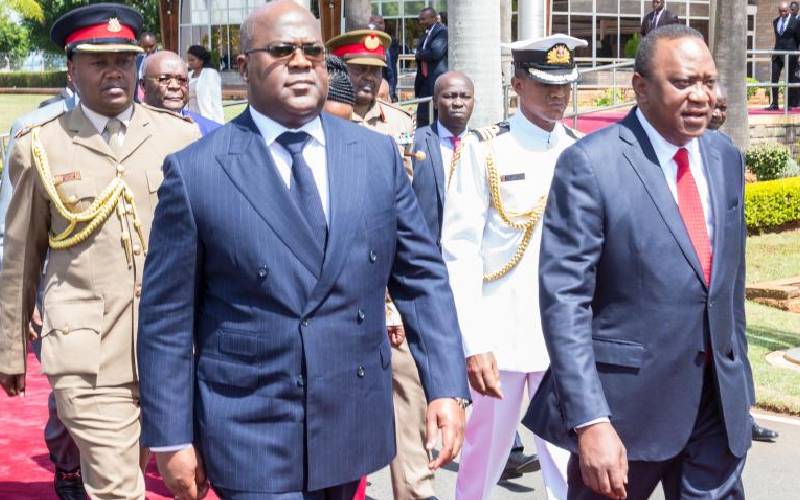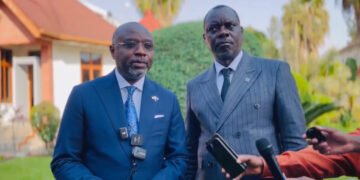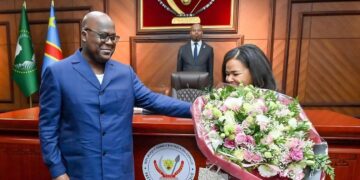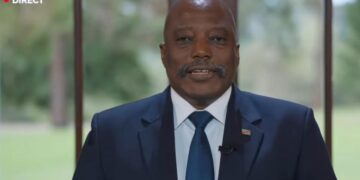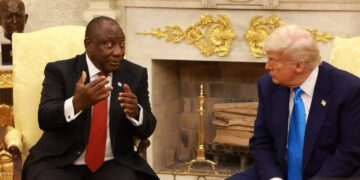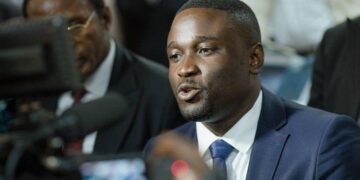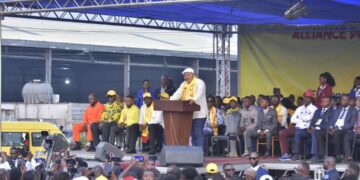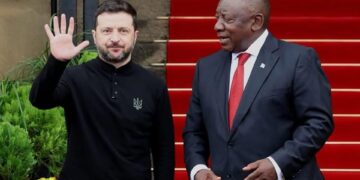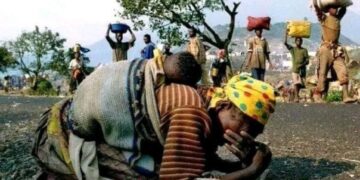SAMIDRC (SADC Mission in the Democratic Republic of Congo) was initially framed as a regional peacekeeping initiative meant to stabilize the eastern provinces of North Kivu and South Kivu. But from the beginning, its mission was clouded by ambiguity. Though it wore the badge of a multilateral peace force, SAMIDRC operated closely with the Congolese Armed Forces (FARDC) and militias aligned with President Félix Tshisekedi.
Analysts and local civil society leaders quickly raised alarms: SAMIDRC wasn’t acting as a neutral stabilizer, but as a partisan force enabling a brutal campaign against communities accused of sympathizing with the M23/AFC movement many of them Tutsi or Congolese Rwandophones. What unfolded looked less like counterinsurgency and more like an ethnic cleansing campaign cloaked in counterterrorism language.
Despite SADC’s tough rhetoric and the presence of well-equipped troops from countries like South Africa, Malawi, and Tanzania, SAMIDRC found itself outmatched. The M23/AFC, far from being a scattered insurgency, demonstrated operational discipline, territorial control, and deep local support. The Congolese government and SAMIDRC launched multiple offensives backed by air power and artillery but repeatedly failed to regain strategic ground in Rutshuru, Masisi, and parts of Nyiragongo.
Crucially, M23/AFC forces showed adaptability and resolve, leveraging terrain, local intelligence, and sophisticated tactics to repel SAMIDRC advances. Reports of poor coordination between SADC contingents and the FARDC only worsened matters, with morale and cohesion breaking down within the mission itself.
Now, after months of escalating propaganda, war crimes allegations, and internal dysfunction, SADC is ending its military role. There was no press briefing, no final salute, no declaration of mission accomplished. SAMIDRC is going home the way most failed interventions do in silence.
It is a humiliating setback not only for SADC, but also for the Congolese government, which had hoped foreign boots on the ground would decisively crush M23/AFC and restore control over the east. Instead, Kinshasa faces an emboldened opponent, growing international scrutiny, and a collapsing military coalition.
The end of the SAMIDRC mission may mark a turning point in the regional dynamics of the Congo conflict. It signals the waning appetite for foreign military involvement under Kinshasa’s terms, and it could open space however fragile for real political dialogue. But much damage has already been done: trust has eroded, communities have been displaced, and the myth of regional military superiority lies in ruins.
For Tshisekedi’s government and its SADC allies, this is more than a strategic failure it is a moral and political reckoning. And for the people of eastern Congo, it’s a reminder that foreign interventions, when driven by politics instead of principles, can deepen the wounds they claim to heal.



